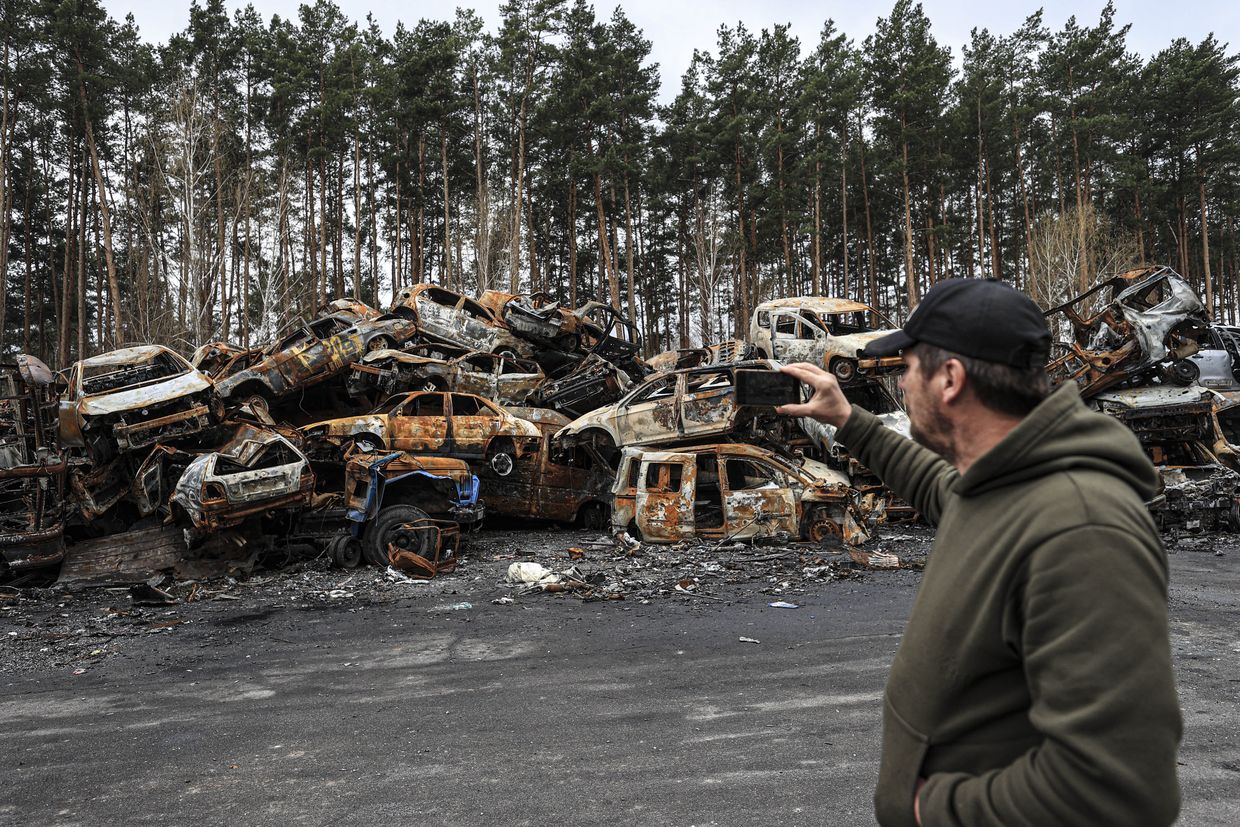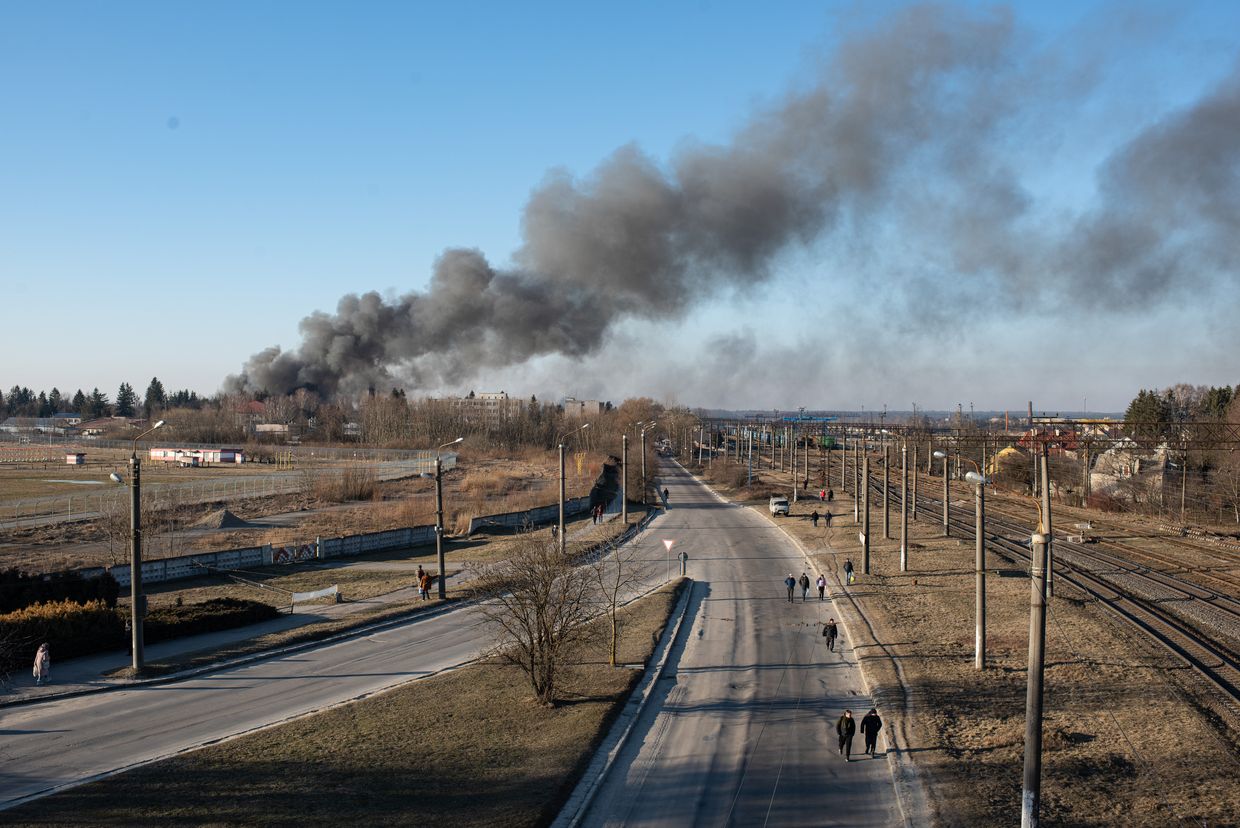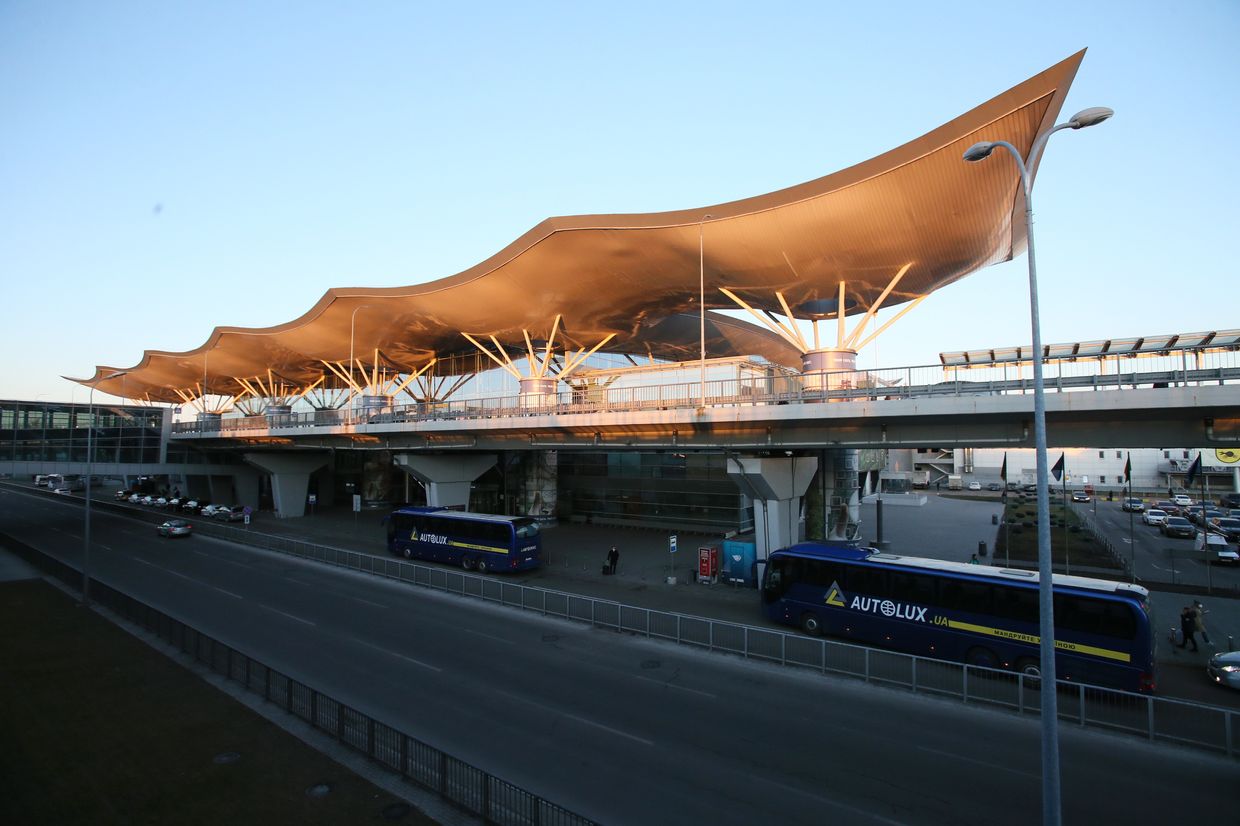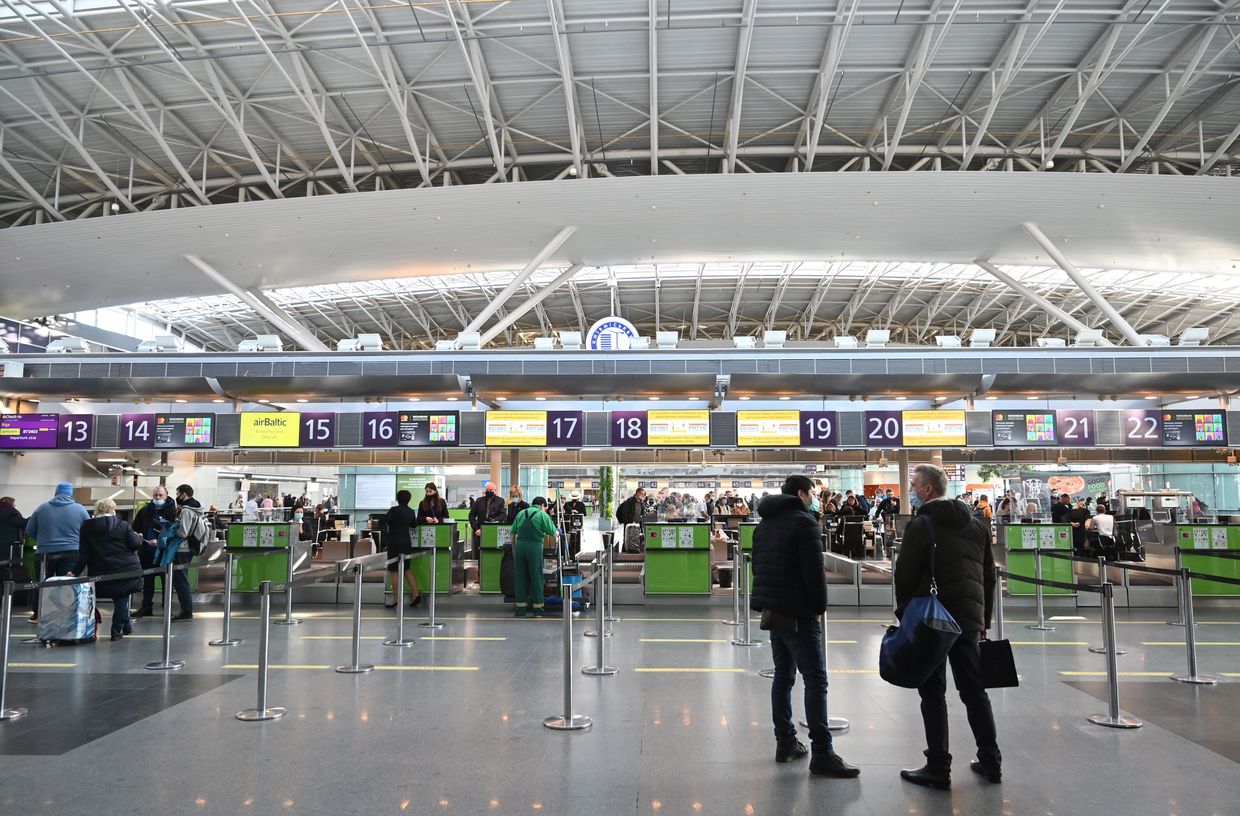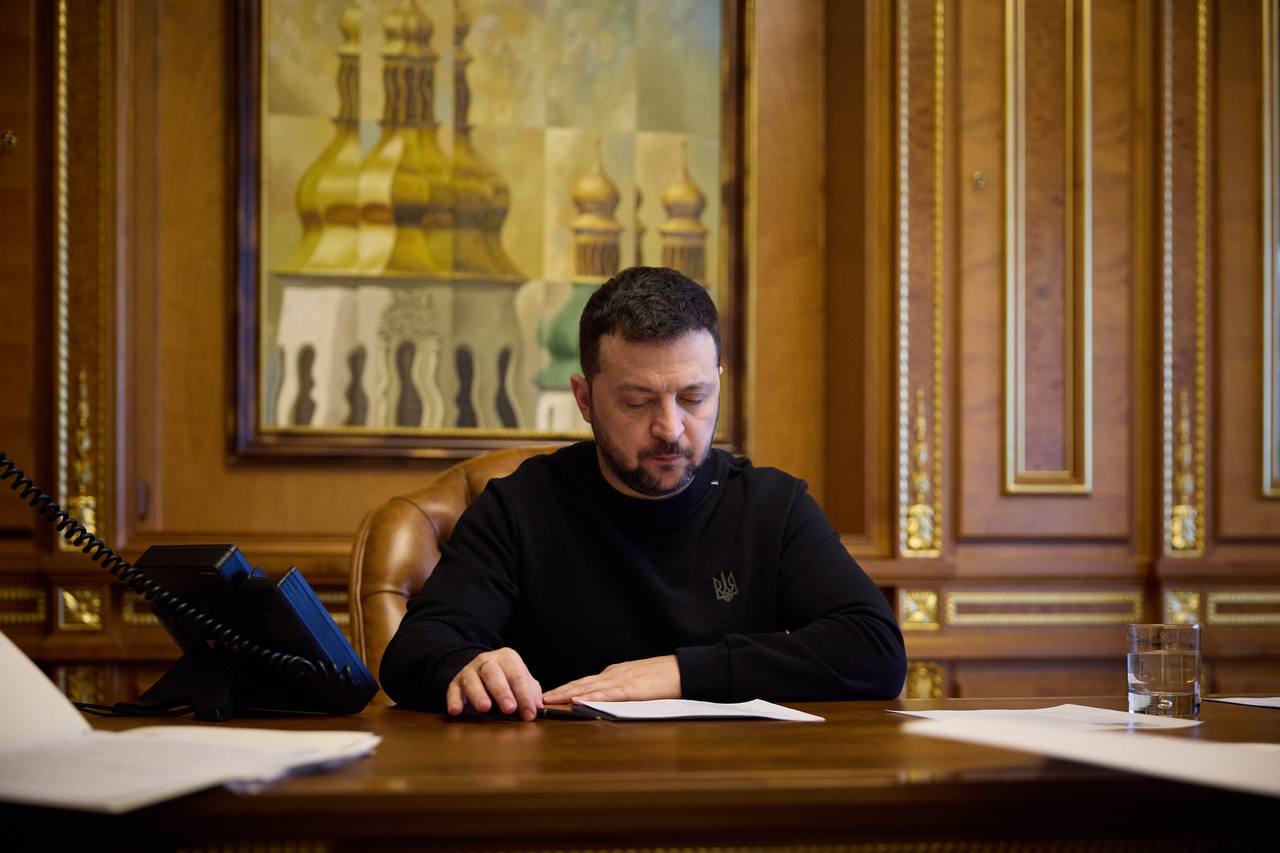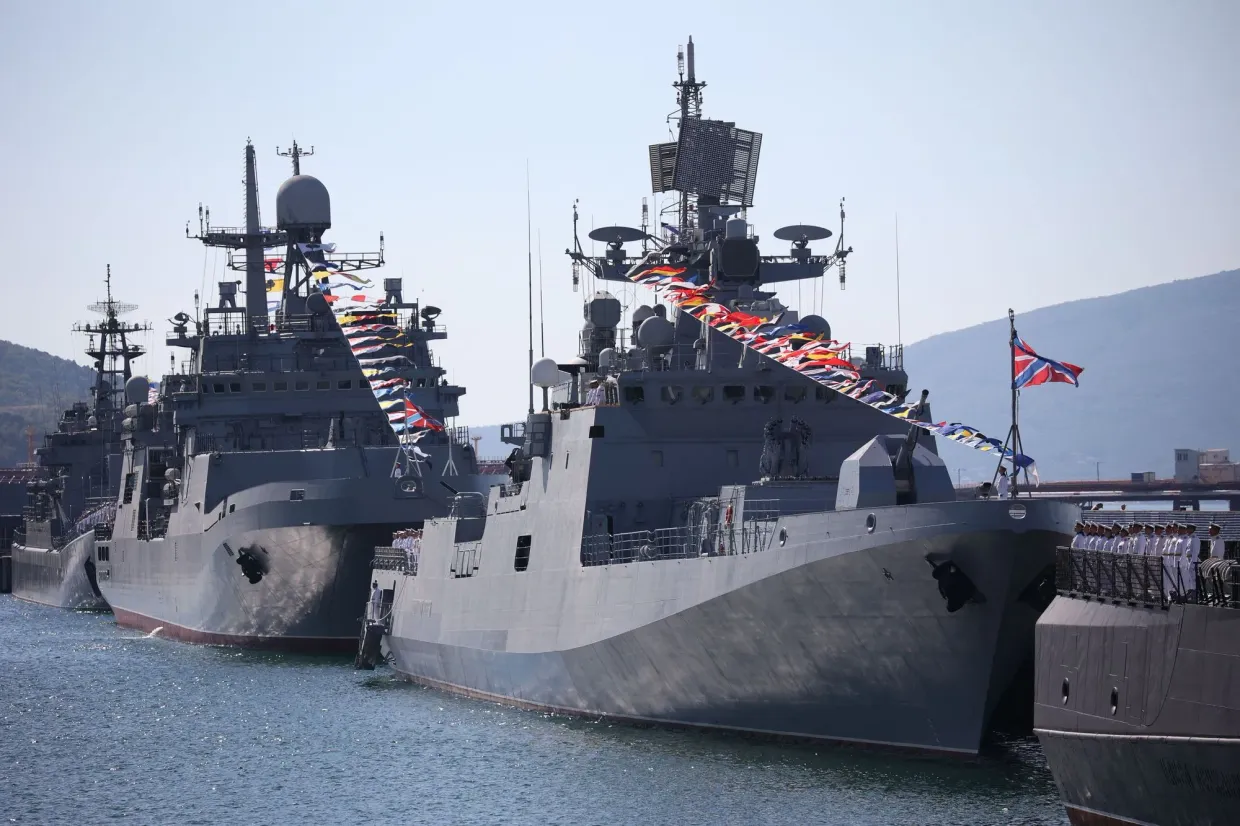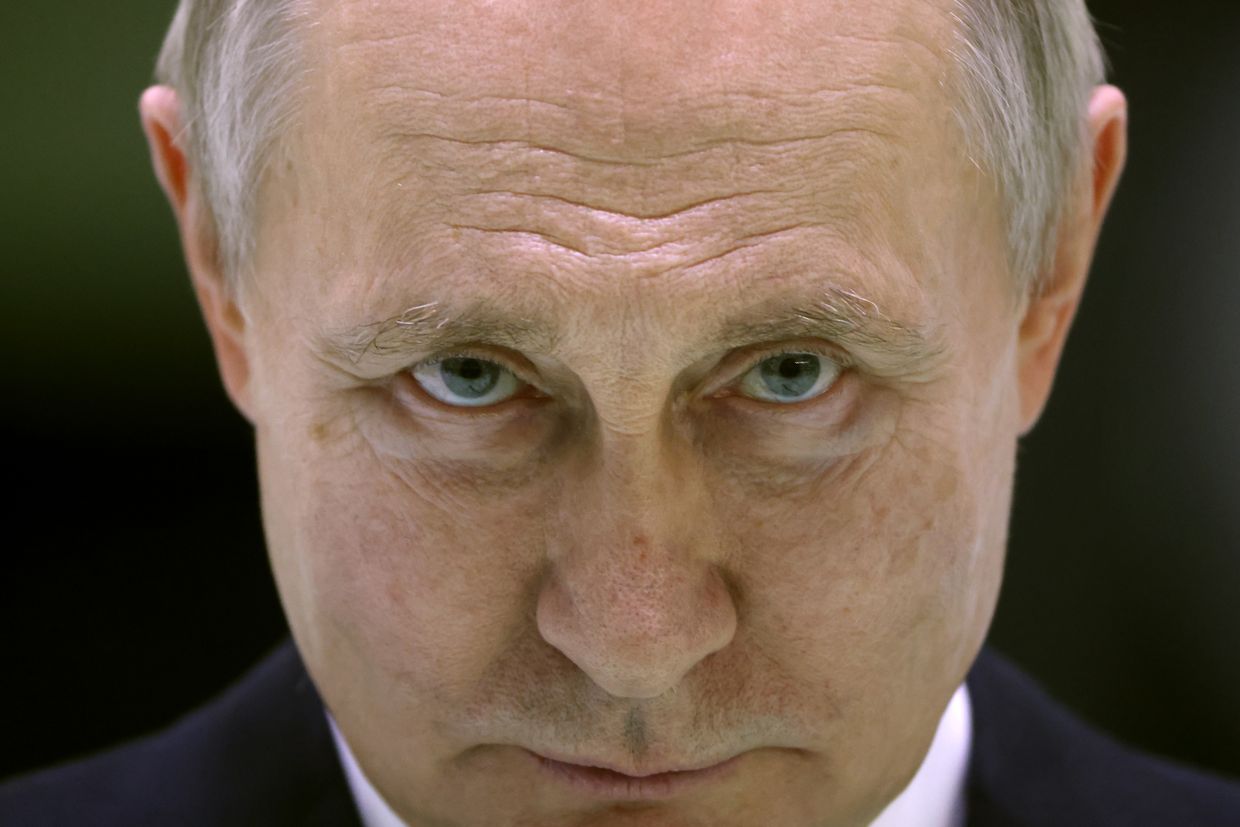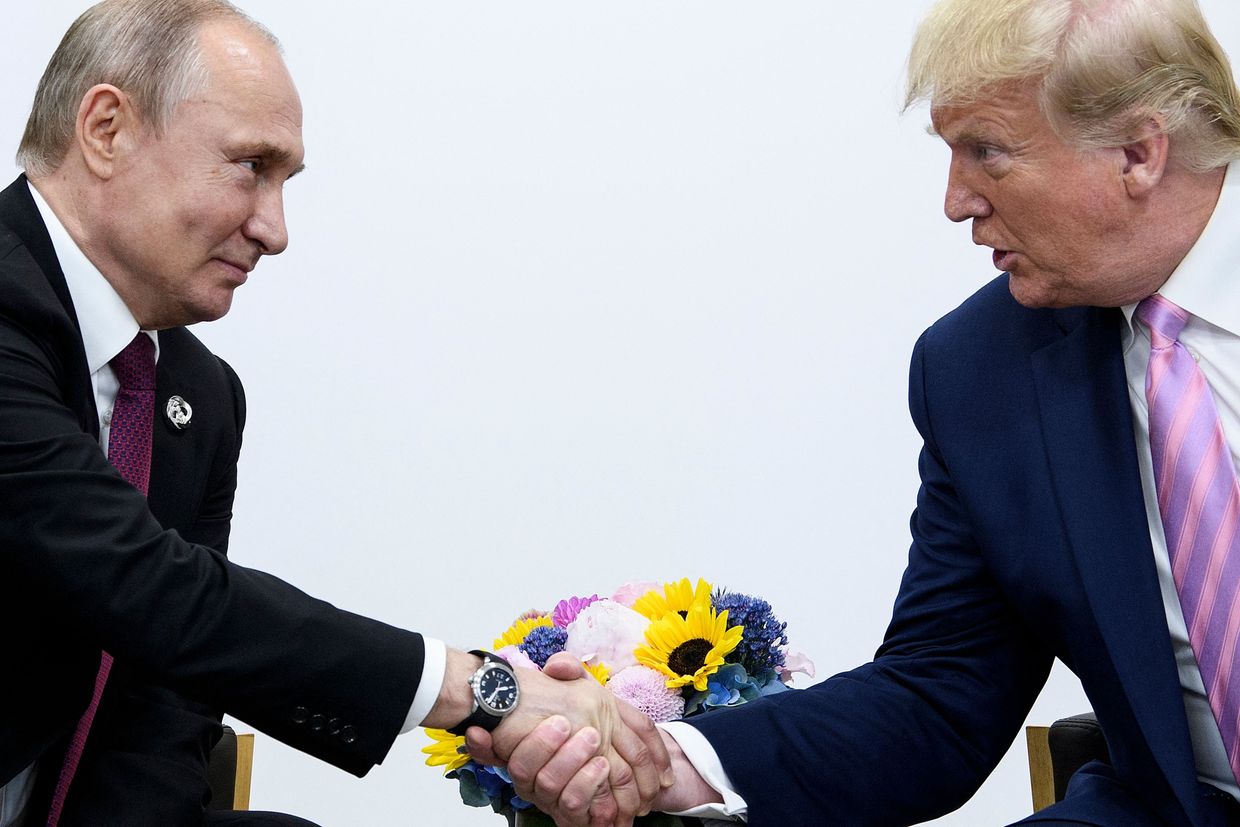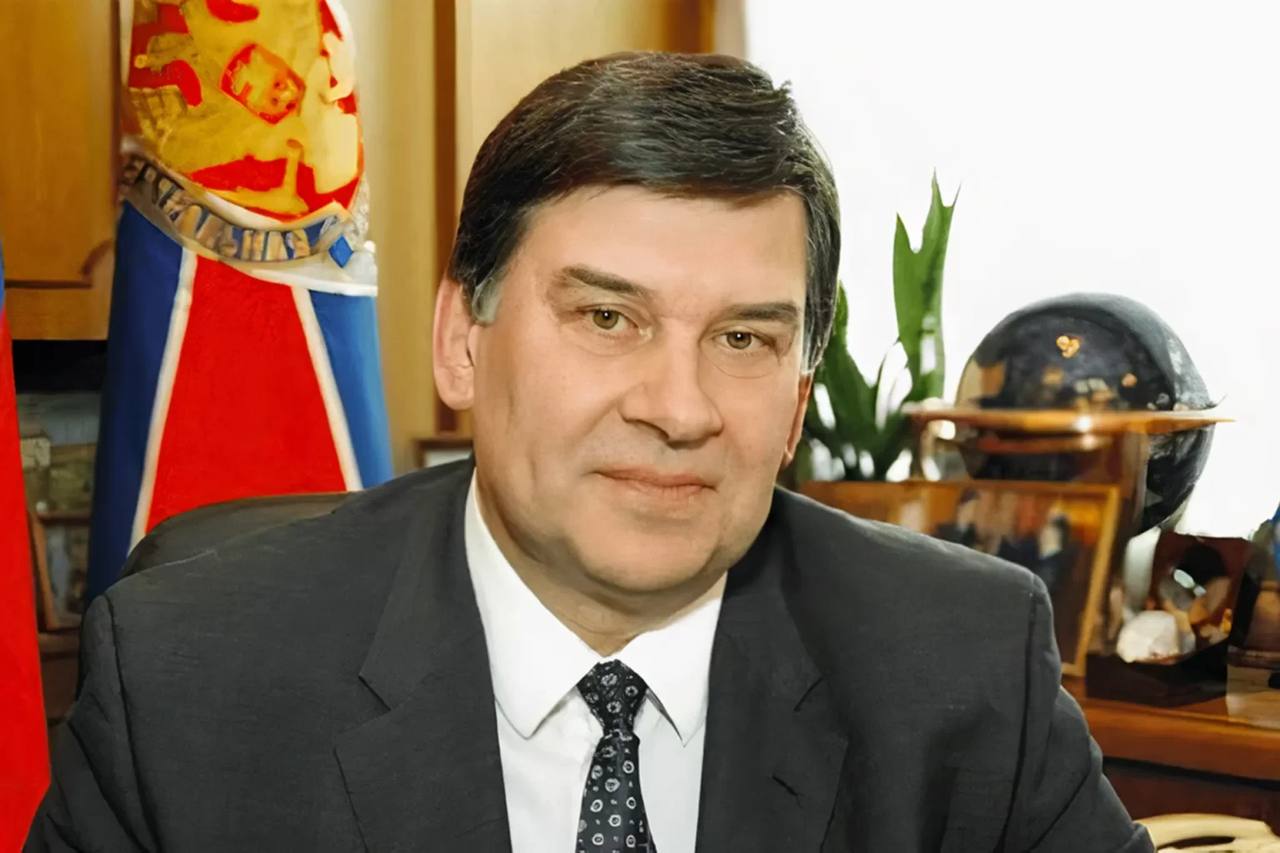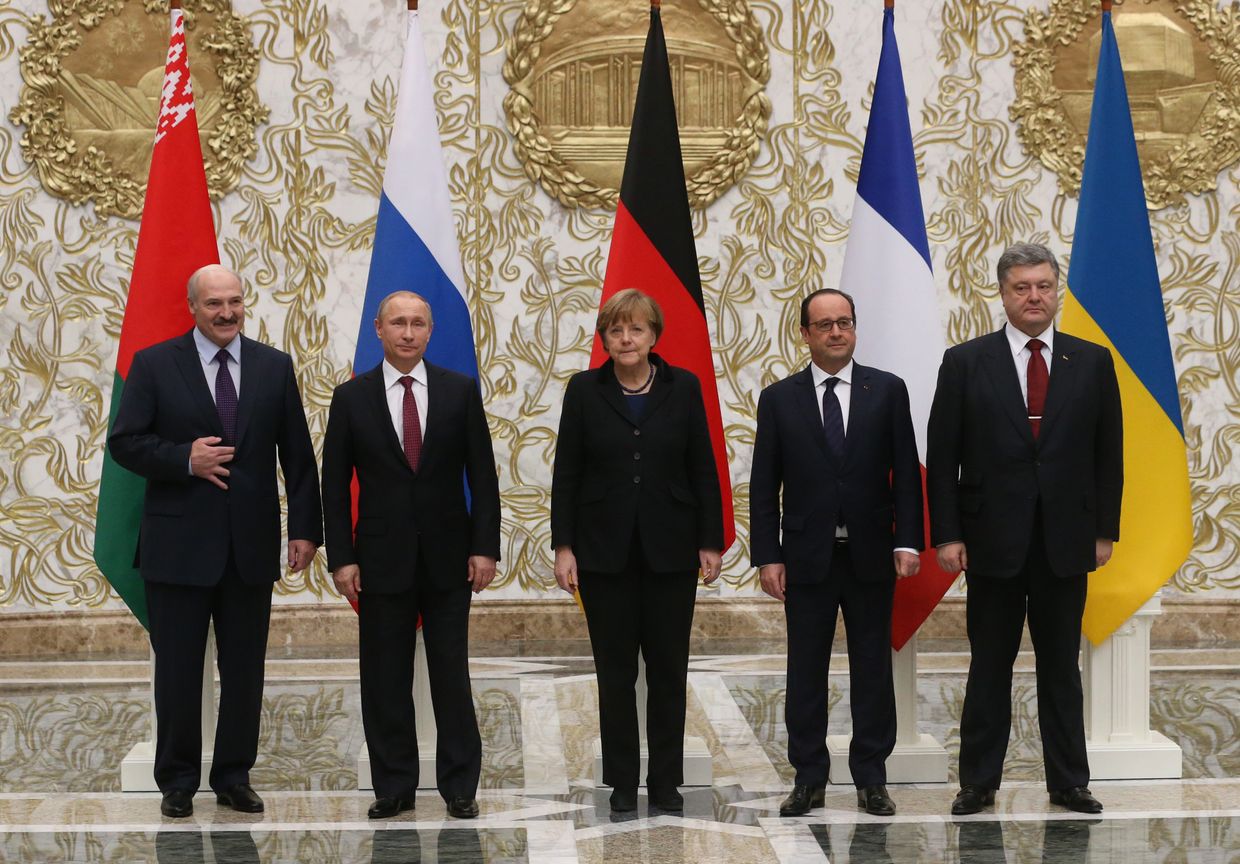More than two years since Ukraine shut down its airports after the start of the full-scale invasion, Kyiv wants to resume air travel, even as Russia continues to launch drones and missiles across the country.
Just this week, Ukraine’s infrastructure minister confirmed that the government was in talks with American and European safety regulators to reopen Ukraine’s airspace.
Plans of resuming passenger flights have been in the air in recent months. In late February, Presidential Office Head Andriy Yermak announced that Ukraine was working on “restoring operations at one of the country's airports once security issues are addressed.”
The government is tight-lipped about which airport exactly will be the first to open and when, ostensibly for security reasons. But three airports have circulated in conversations: the western Lviv and Uzhhorod airports and Kyiv’s Boryspil airport.
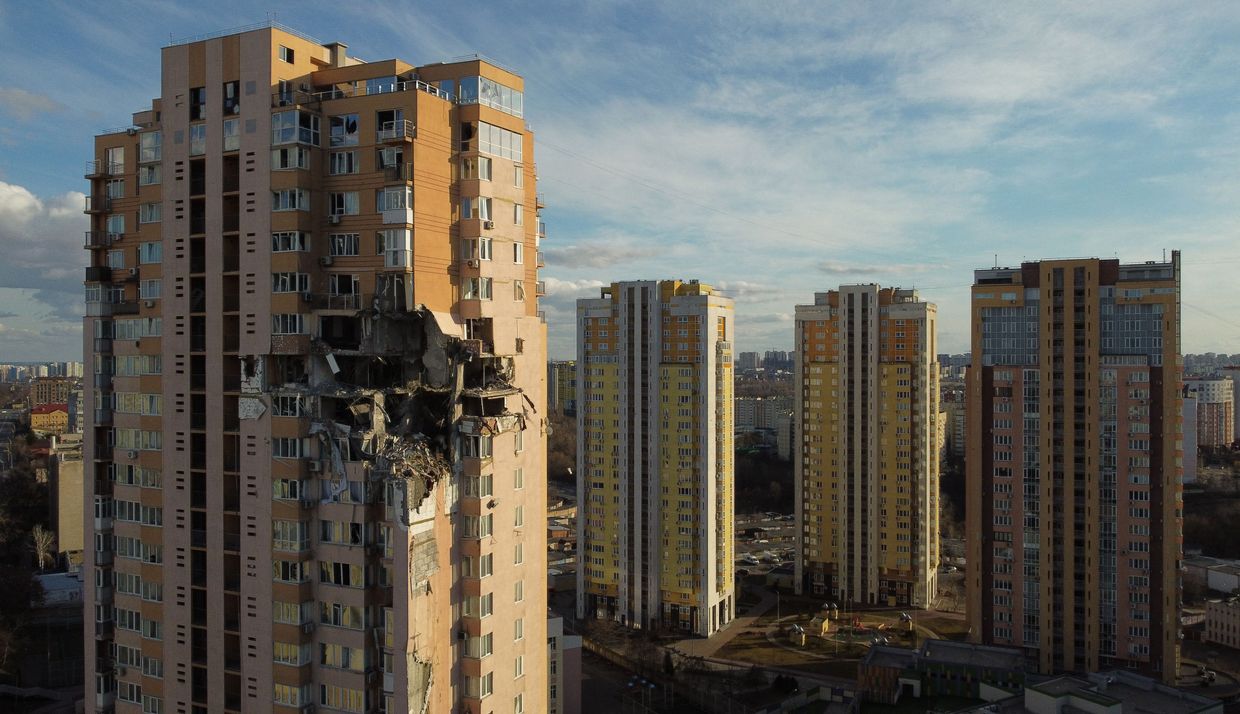
Resuming flights would save people traveling to and from Ukraine hours of travel, as the current trip from Kyiv to the nearest airport in a western neighboring country can take over 20 hours. It could also bolster Ukraine’s economic development at a time it desperately needs it.
While Ukraine can make the sovereign decision to open its airspace, the country will have to meet strict requirements set by international aviation bodies and have the backing of insurers before flights can take off.
The country will also undoubtedly need more air defenses, to protect planes both on the ground and in the air, as well as bomb shelters at airports.
While exact plans around what is currently being prepared aren’t public knowledge, Ukrainian officials have met with Israel’s Civil Aviation Administration (CAAI), whose measures to keep the airspace open include air defenses, planes carrying extra fuel in case the aircraft needs to stay in the air longer, bomb shelters, and well-trained staff.
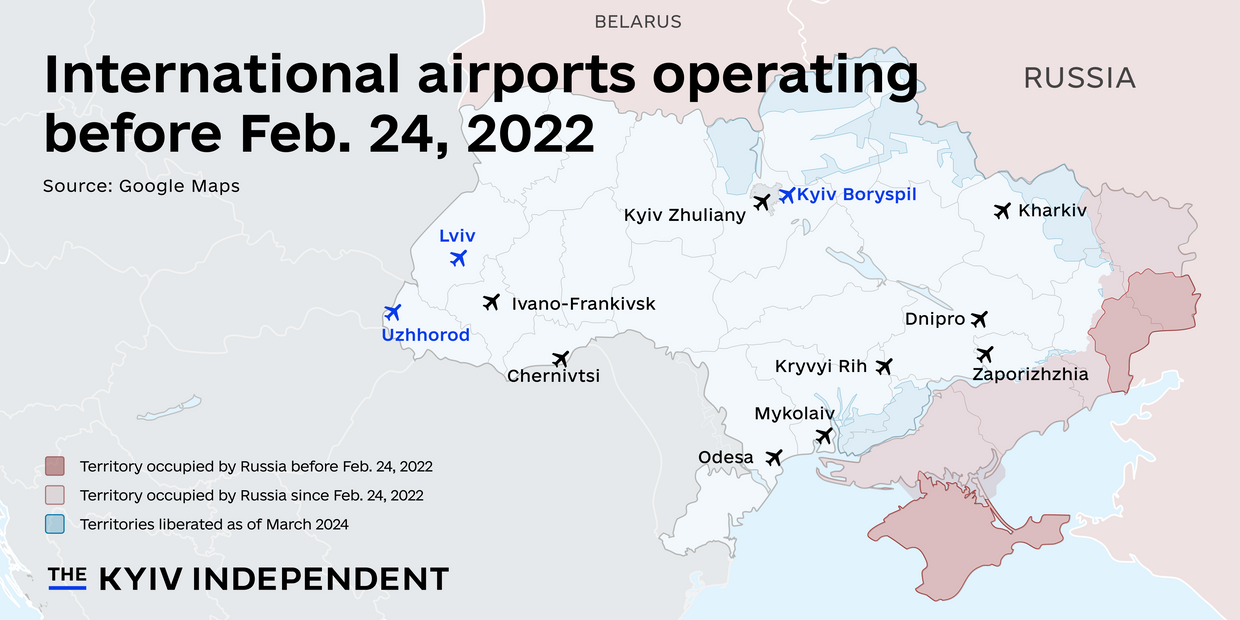
Threats in the sky
Ukrainian officials have been careful not to overplay the resumption of air traffic. Presidential Office Deputy Head Rostyslav Shurma told an audience at the World Forum on Jan. 18 that Kyiv doesn’t want to “create over-expectations.”
"We need to get approvals from the IATA (International Air Transport Association) and the FAA (U.S. Federal Aviation Administration) which is not an easy case. And it depends more on the bold decisions of international partners that we believe we'll get," Shurma said.
Yuri Ihnat, the Air Force's spokesperson, acknowledged the need for flights but said it was difficult to “understand how it is possible to conduct flights at all in a state of war,” during the national 24/7 newscast on July 28, 2023.
“Missiles and enemy drones can appear everywhere, in any part of the country,” he said.
The memory of Malaysian Airlines Flight MH17, which was shot down by Russian forces in Donetsk Oblast on July 17, 2014 killing all on board, also continues to imbue the minds of Ukrainians.
One option being considered to reduce the risks of attacks on aircraft is only allowing civilian flights rather than cargo planes, a source familiar with the matter told the Kyiv Independent. That way Moscow cannot target a plane with any legitimacy.
Israel’s CAAI is adept at calculating risks while relying on the military’s air defense systems to intercept Hamas’ missiles. Civilian and military air traffic controllers communicate in a shared room, guiding aircraft during emergencies, while firefighters and ambulances stand by.
It’s more dangerous on the ground than in the air, Director of Aviation Infrastructure Division at the CAAI Moti Shmueli told the Kyiv Independent. The CAAI has reduced the number of planes on the ground at any one time, and has cut refueling and cleaning times from 90 minutes to 60 minutes.
Crucially, Shmueli stresses that international pilots and crew don’t have to go through additional training to fly into a conflict zone. The emphasis is on the CAAI to manage the situation and win the trust of international airlines and captains.
“We publish and brief everyone who is involved in this operation, give them as much information as we can, and let them know that we take the responsibility and are managing the situation,” he said.
While many airlines held off from flying to Israel following the Hamas attack on Oct. 7, 2023, major players have since returned. Shmueli chalks this up to CAAI’s open communication and constant risk management. He sees Ukraine applying the same level of diligence.
“I think they are doing an excellent job, writing and getting procedures and managing the risks and calculating the risks,” he said.
However, Shmueli acknowledges that it’s not a one size fits all scenario. Ukraine’s war is on a much larger scale, against an enemy with advanced weaponry and equipment. Not everything Israel can teach Ukraine will be applicable.
Meeting safety regulations
Ukraine’s aviation authorities have been in close contact with the European Commission to discuss the possibility of resuming flights. The EC stresses that safety and security remain their number one priority.
"Any decision to adjust the current restrictions to civilian air traffic between the EU and Ukraine would be subject to a fully robust and positive safety and security risk assessment,” the EC told the Kyiv Independent.
While several airlines have publicly stated they are ready to resume flights to Ukraine, they will only do so if Ukraine meets all the requirements.
Polish airline LOT, which used to fly to six Ukrainian airports, told the Kyiv Independent it will resume flights if “the airports and the airspace over Ukraine are reopened by all the relevant authorities for civil traffic.”
Ryanair CEO Michael O’Leary told Interfax Ukraine in July 2023 that the airline was ready to fly but only if the European Aviation Safety Agency (EASA) gives Ukraine a positive assessment.
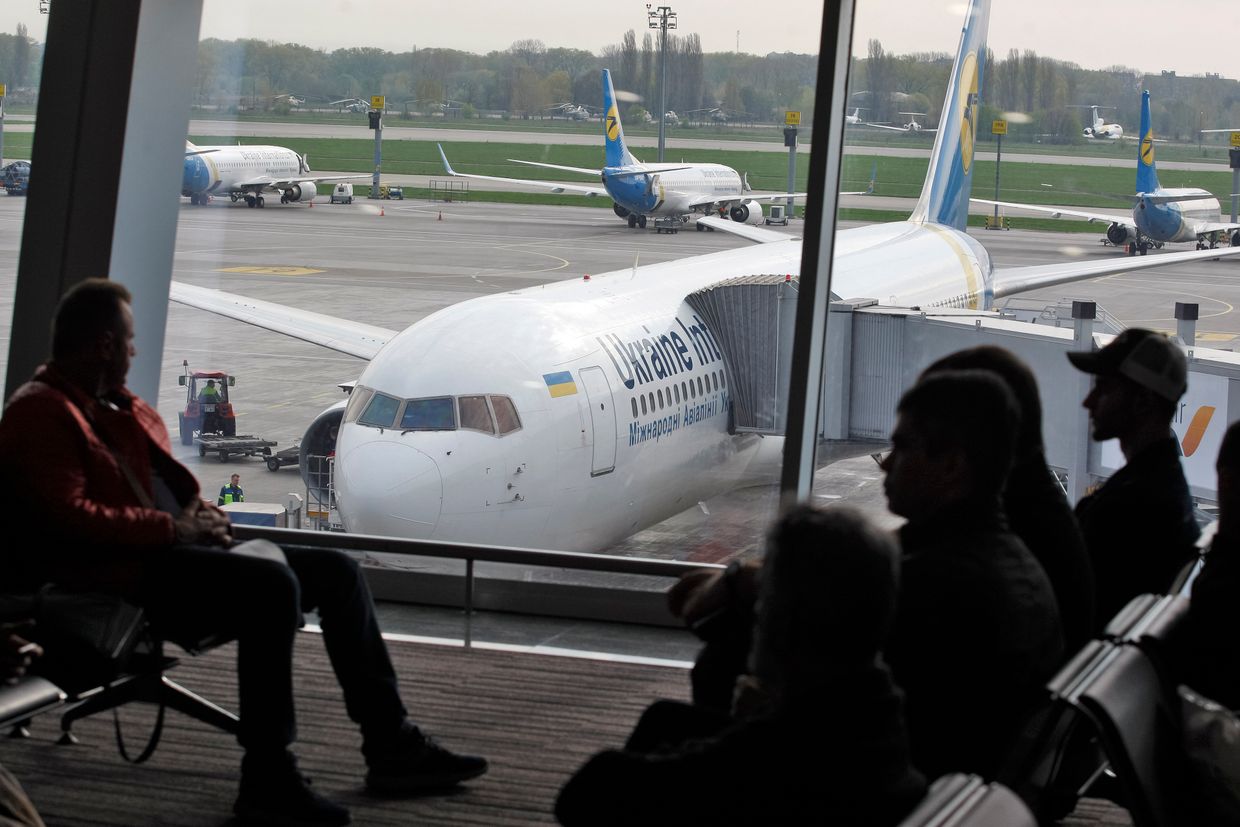
One glaring issue is the matter of insurance. Unlike Israel, Ukraine does not have a state-owned airline that could be insured by the government.
U.S. headquartered broker Marsh McLennan stepped in and is discussing an aviation insurance program with Kyiv. The broker launched a shipping insurance program with Ukraine and Lloyd’s of London covering the Black Sea corridor in November 2023 which was extended on March 1, 2024.
Marsh McLennan said a similar blueprint could be used for an air corridor but did not disclose further details to the Kyiv Independent.
Why open airports now
Prior to the full-scale war, Ukraine’s aviation market showed impressive growth compared to the EU, recovering at twice the rate from the Covid-19 pandemic, according to the Airports Council International (ACI).
Reopening airports will be a crucial step for Ukraine’s economic development both during and after the war, ACI noted.
“You're putting an end to relative isolation,” General Director of ACI Europe Olivier Jankovec told the Kyiv Independent.
“With that comes more exchange, more people traveling. It might also play a role in preparing for the attraction of inward investment again. I think the symbolic impact on the economy should not be underestimated.”
But while money has been pumped into Ukraine’s transport infrastructure like railways and roads, airports have not received the same level of attention since the start of the full-scale war.
Russian attacks have damaged 18 Ukrainian airports and the reconstruction amounts to $1.6 billion over the next 10 years, according to the World Bank.
Surviving airports have received some support to help maintain operations and pay salaries. But they mostly rely on their own reserves which are rapidly burning out, according to Jankovec.
If the government is serious about reopening airspace, then he believes money should be allocated to ensure airports are ready for flights. Although Jankovec could not clarify which airports are in consideration, he said that the ones that can restart quickly need 52 million euros to be operational.
While resuming flights would see the inflow of some cash, Jankovec says it will take time for the airports to reopen and initial air traffic will be minimal. Instead, part of the funding could come from the EU’s 50 billion euro program with Ukraine.
“It's a bit inconsistent if this is a very high political priority for Ukraine and work is being done. But at the same time, you need to make sure that the airports will be fully operational to accommodate those flights,” he said.
Nevertheless, he sees that Ukraine is making positive steps and believes that the country has the capability to meet safety requirements set by aviation bodies to open its airspace.
“It's feasible under certain conditions. Cooperation with the military is essential.”
